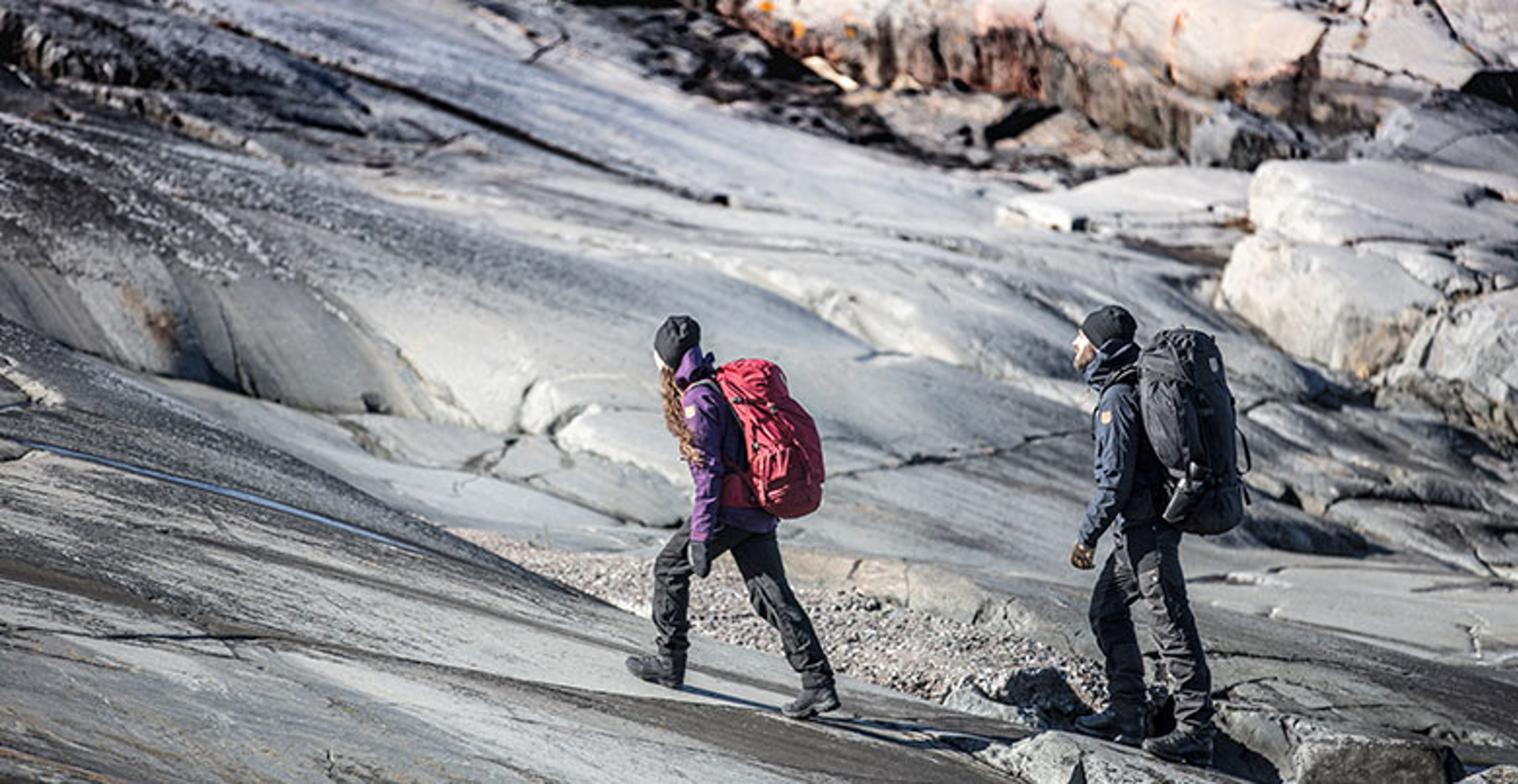It all started with a backpack
Since 1960, nature's been in our DNA
Fjällräven began in one man’s basement and then branched out all over the world. But our original goal hasn’t changed: to inspire and enable more people to walk with nature. Follow our journey from backpacks and tents to sustainable development and events.
